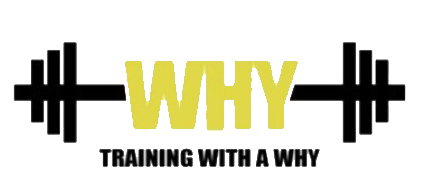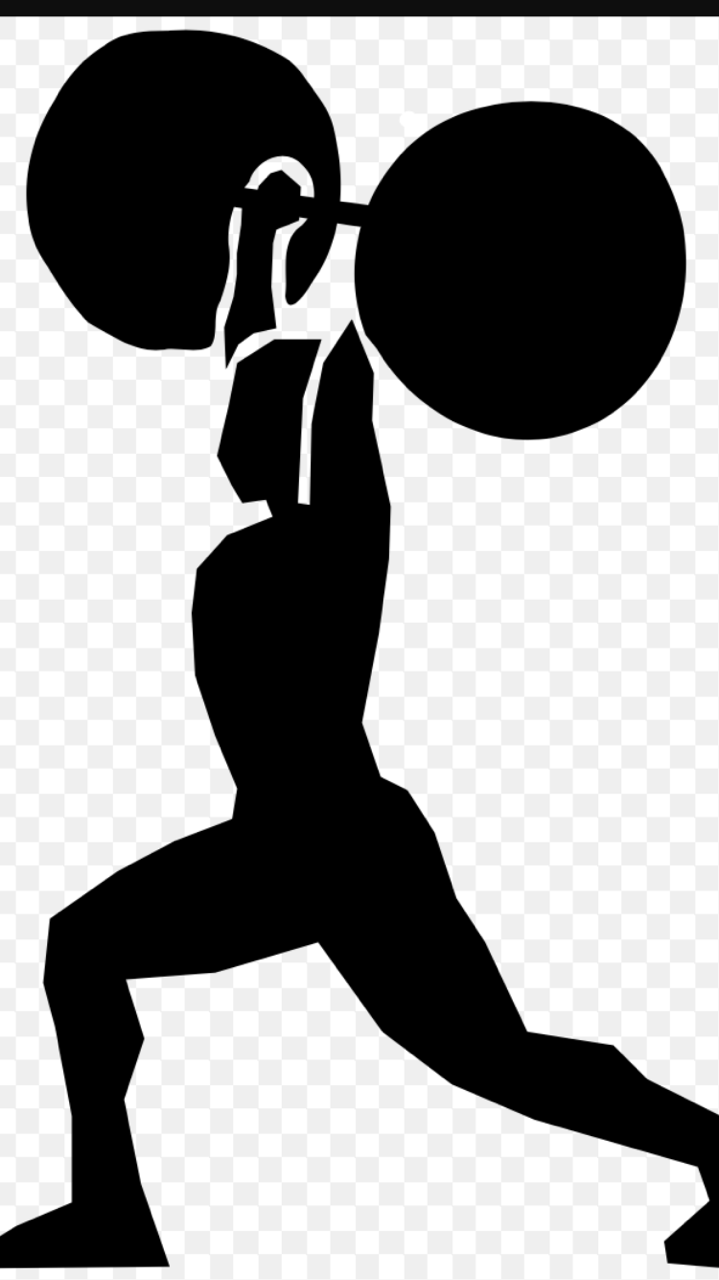In my three years as a high school strength and conditioning coach the hundreds to thousands of athletes that have gone through my program have done exactly zero Olympic lifts. That’s right, zero power cleans, zero jerks, and zero snatches. I know this will be shocking to most strength coaches but I simply don’t see the need for them at this level. Before I go any further, let me make sure it is well known, I do not hate the Olympic lifts nor do I deny their effectiveness at building explosive strength, in fact, the opposite is true. I am simply stating that I do not see the need for the Olympic lifts in my program at the high school level. Your athletes and setting might be different and Olympic lifts might be beneficial. I can only speak about my setting and here are a few reasons my athletes do not do the Olympic lifts.
Time (I Get the Most Bang for My Buck)
Time, or the lack thereof, is always a factor in everything you choose to do at the high school level. I have written articles, such as Three Things College Didn’t Teach Me on how high school athletes juggle multiple sports, jobs, school work, and extra-curricular activities all on top of weight training. This leads to inconsistency and a crunch on time. That makes it near impossible to teach the technique dominated movements of the Olympic lifts to a group of 20-30 athletes. Instead, I choose to run my high school program similar to that of a university setting. The sessions are fifty minutes long with one team after another. I guarantee that my athletes get more done in fifty minutes than 90% of the high school programs get done in two hours. How is that possible? Because I make sure that we are getting the most bang for our buck. I cover the absolute necessities. These necessities will be covered in the following sections. It is also no coincidence that these necessities should also be the building blocks of anyone wanting to be strong in the Olympic lifts. So no, I do not deem the time it takes to teach, become proficient, and then strong in the Olympic lifts more important than what the next two sections will cover. You have to remember that when you say yes to something you are saying no to something else.
Movement (Can You Tie Your Shoes First?)
This heading was only meant to be half-way funny. The other half is a serious question. If an athlete cannot move his or her own body effectively and efficiently they will not only suffer in the weight room, but they will certainly suffer in their sport. My job is to help them be as effective at their sport as possible, not be weight room heroes. When you see the word movement I know most of you will immediately associate it with technique. Proper technique is obviously important in the weight room and it does involve movement. However, I am not just discussing technique alone, I am also talking about learning to move the human body efficiently and effectively with and without the stress of a load. Can you tie your shoes first is a legitimate question. If an athlete cannot reach the ground or even their toes from a standing position how do you expect them to safely pick weight up off the ground? If they tip over doing body weight squats how can you possibly ask them to put weight on their back? These are just a couple common examples associated with two of the “big” lifts (i.e. deadlifts and squats). There are many other examples, some that have nothing to do with a big compound lift in the weight room but rather a natural human movement that should be fairly easy to execute but so often my athletes find very difficult, at least at first. Learning to move efficiently and effectively will not only improve athletic performance but will do so while also decreasing the risk of injury by eliminating imbalances and dysfunctions within the system. In my programs crawling, rolling, hanging, and carrying weight is just as important as the big compound lifts. Combine the compound lifts with these other movement exercises, throw in some needed corrective exercises and you got yourself a program with very few holes.
Strength (Squat, Deadlift, OH Press, Bench)
After learning to move efficiently and effectively my main focus is to have my athletes build raw strength. I do this by making the compound movements the center of my program. The compound movements are the squat, deadlift, overhead press, and bench press. Yes, these movements still involve technique aspects and not everyone is going to be proficient at them right away. But they are much easier to teach and thus allow the athletes become stronger faster. Not to mention, even if your goal was to include the Olympic lifts, your athletes should be strong in the basic compound lifts first.
Even if I wanted to take the time to teach the Olympic lifts and was successful at doing so, what’s the benefit if the athlete doesn’t have the raw strength to move sufficient weight in the Olympic lifts to justify the time spent teaching them? I would much rather utilize our precious time to allow them to become strong and powerful at the basic compound lifts.
There You Have It
I know there will be a good number of well-respected strength coaches that disagree with the idea of avoiding the Olympic lifts at the high school level. In my opinion, what it comes down to is knowing your environment and ultimately your athletes. If you have had success with the Olympic lifts don’t stop. But if you are spending an enormous amount of time that you don’t have trying to teach these very difficult exercises just because they are “tradition” you may want to rethink things. If you are interested in any of my techniques and methods for improving movement such as correctives etc. be sure to contact me as I am always happy to help.
As always, thanks for reading and be sure to subscribe with your email to support this site.



Awesome post! Totally 100% agree!!! maybe squeeze a kb snatch in…lol..
Good Read and Very good points.
Wonderful insights. One of the difficulties with the emphasis on functional training (and I approve this approach) is that it has inspired many trainers to introduce training modalities to their clients that they are not prepared for.